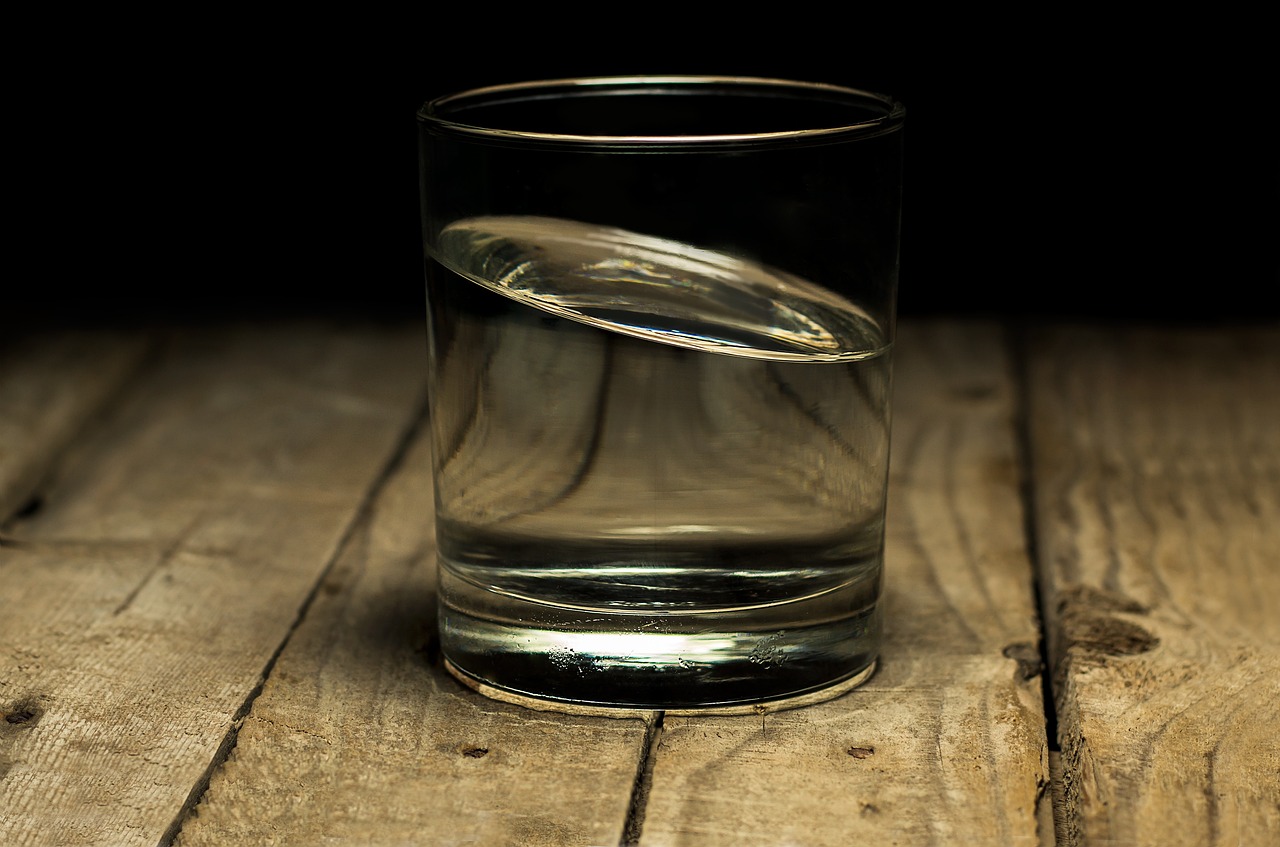The Hidden Dangers of Binge Drinking: A Personal Journey
At 31, I received a life-altering warning from my doctor: if I continued drinking alcohol, my health could be at serious risk. This revelation shocked me because I didn’t consider myself an alcoholic; I enjoyed drinking socially and rarely indulged alone. However, my patterns of binge drinking from my late teens into my late 20s were about to catch up with me in a way I never anticipated.
After becoming a mother, I sought medical help for persistent fatigue. Blood tests revealed severe alcohol-related liver fibrosis, indicating significant damage to my liver due to my drinking habits. The situation left me reeling; I felt alone but knew I couldn’t be the only one facing this reality.
Recent statistics highlight a troubling trend in the UK: alcohol-specific deaths have reached their highest levels since 2001. While men, particularly older men, face the brunt of this crisis, women under 45 are increasingly succumbing to alcohol-related liver disease (ARLD), according to the Office for National Statistics (ONS). Research from University College London suggests that binge drinking can be up to four times more damaging to the liver than regular consumption of the same amount of alcohol.
In the UK, binge drinking is classified as consuming six or more units for women and eight or more for men in a single sitting—equivalent to just two large glasses of wine. Dr. Debbie Shawcross, a consultant hepatologist at King’s College Hospital, frequently encounters professional women in their 40s and 50s who are not alcoholics but engage in habitual overconsumption due to societal pressures.
A Broader Perspective on Drinking Culture
My experience led me on an exploration of the UK’s drinking culture and its implications for health, especially among women. Many women like Emma Jones, who faced end-stage liver disease after spiraling during the COVID-19 lockdowns, find themselves caught in similar situations. Despite being vibrant social drinkers, they often do not recognize the risks until it’s too late.
According to Professor Fiona Measham from the University of Liverpool, women’s alcohol consumption has doubled over the last decade due in part to targeted marketing strategies by the alcohol industry that emphasize female empowerment through drinking. This has created a culture where excessive consumption is normalized.
The Portman Group acknowledges rising concerns about liver disease but emphasizes that alcoholic beverages are legal products that require responsible marketing practices.
Reflecting on my journey post-diagnosis shows that abstaining from alcohol has dramatically improved my health—my fibroscan reading dropped from 10.2 kPA (indicating severe scarring) to 4.7 kPA, back within normal limits. However, giving up alcohol has been challenging as it is deeply embedded in our culture.
The path forward requires acknowledging these cultural pressures while fostering healthier relationships with alcohol. Abstaining has reshaped how I view social interactions and rewards—an ongoing transformation not just for me but for society as a whole.
As we navigate this complex landscape, it’s crucial to continue raising awareness about the implications of binge drinking and promote healthier lifestyles for future generations.


